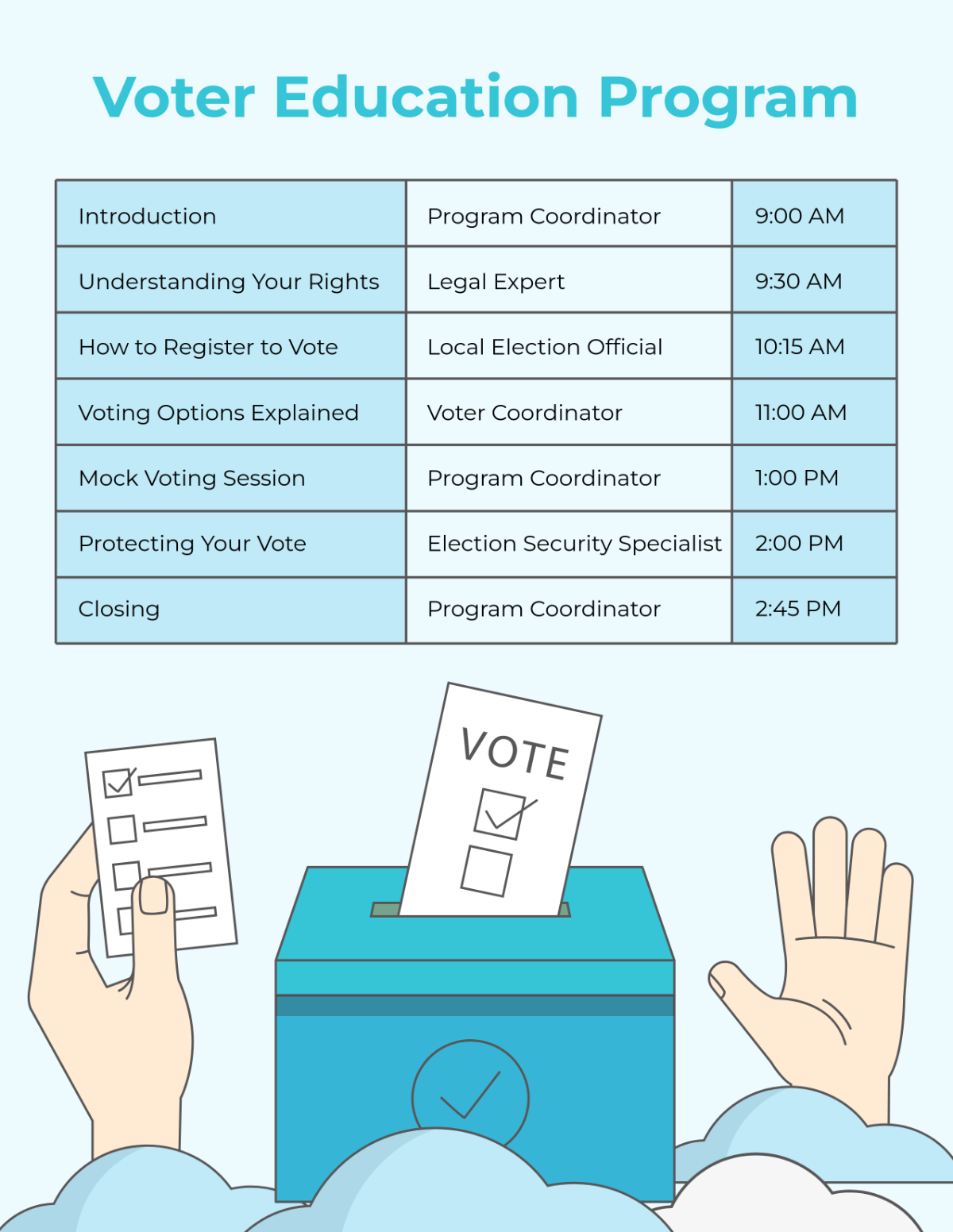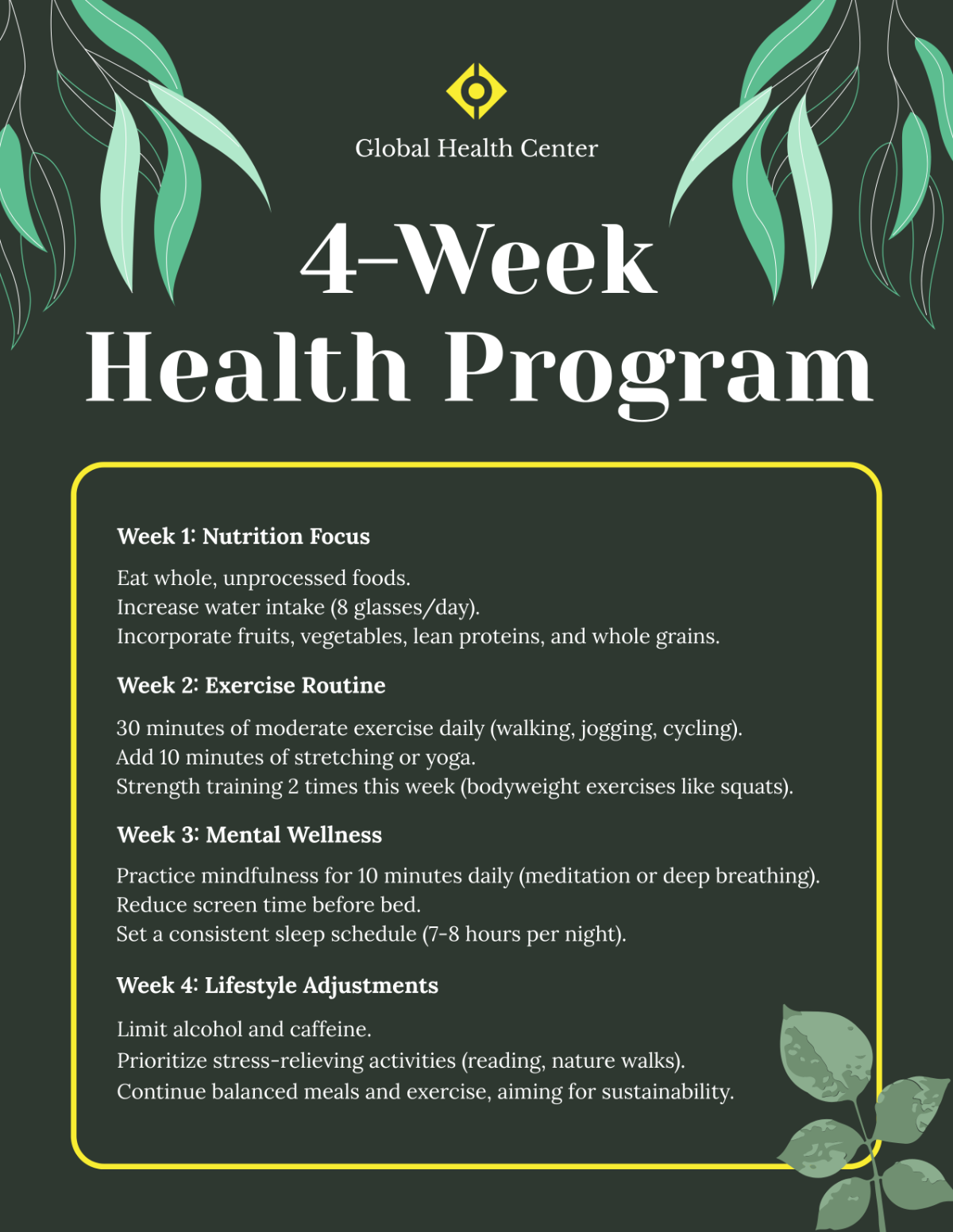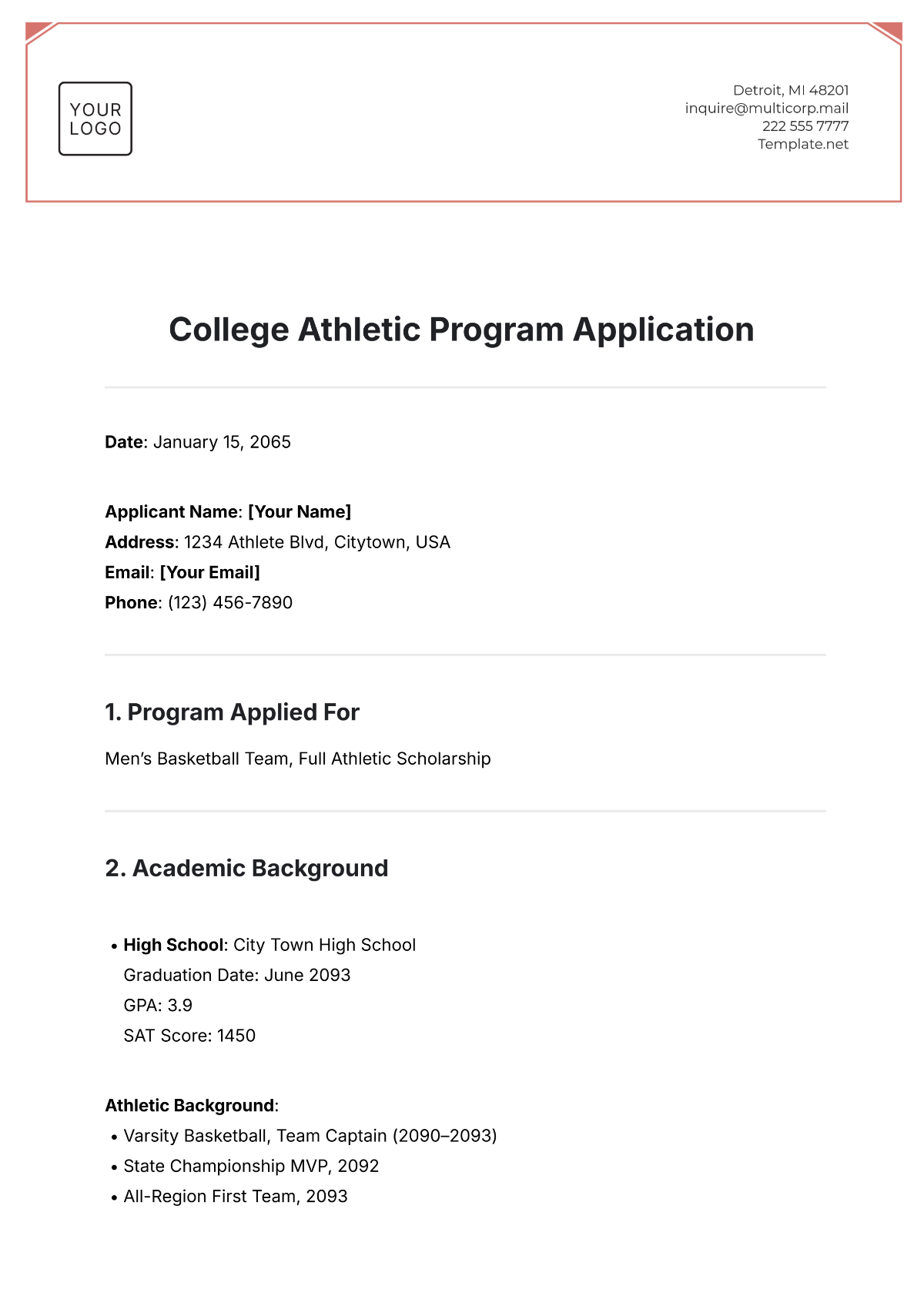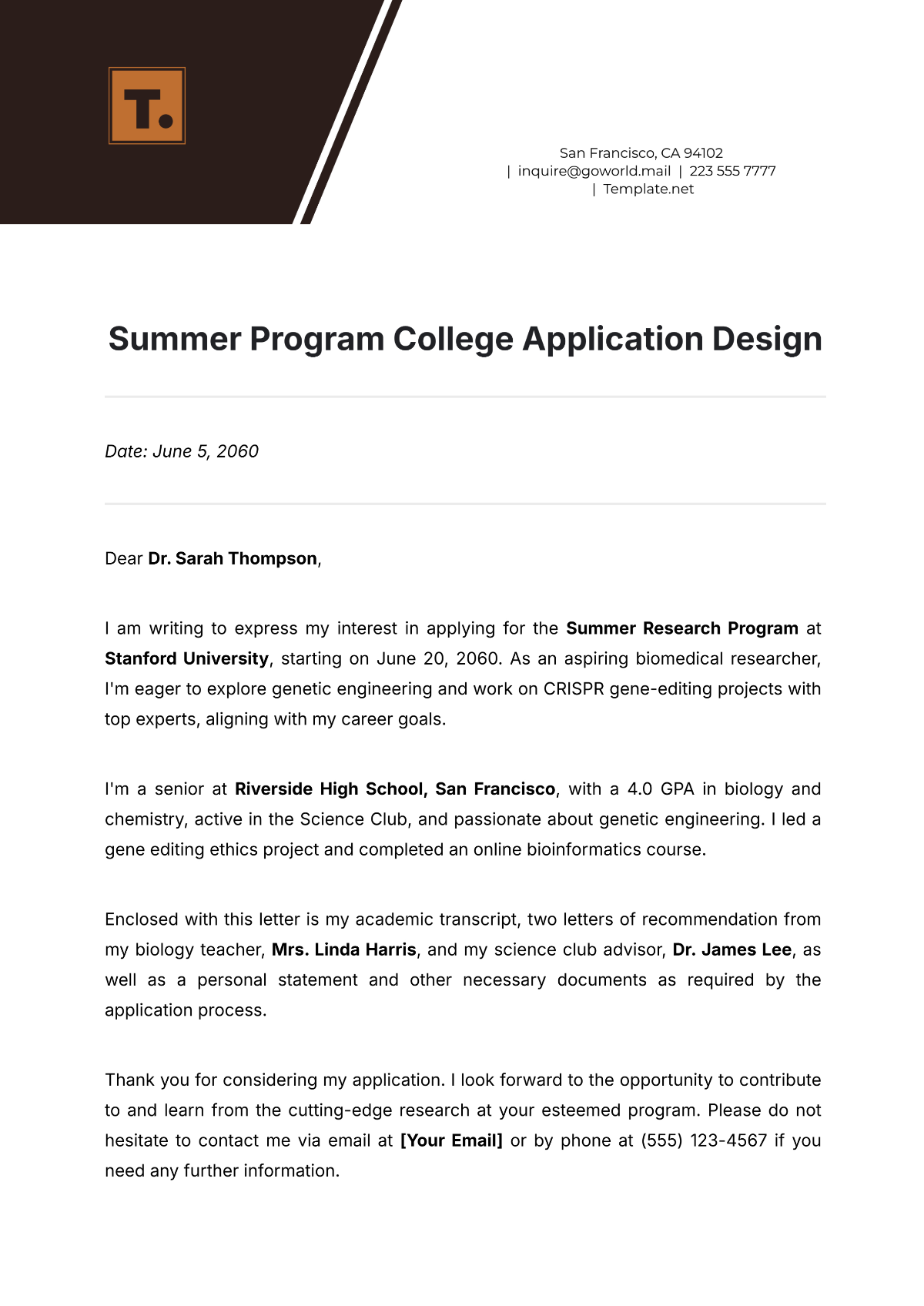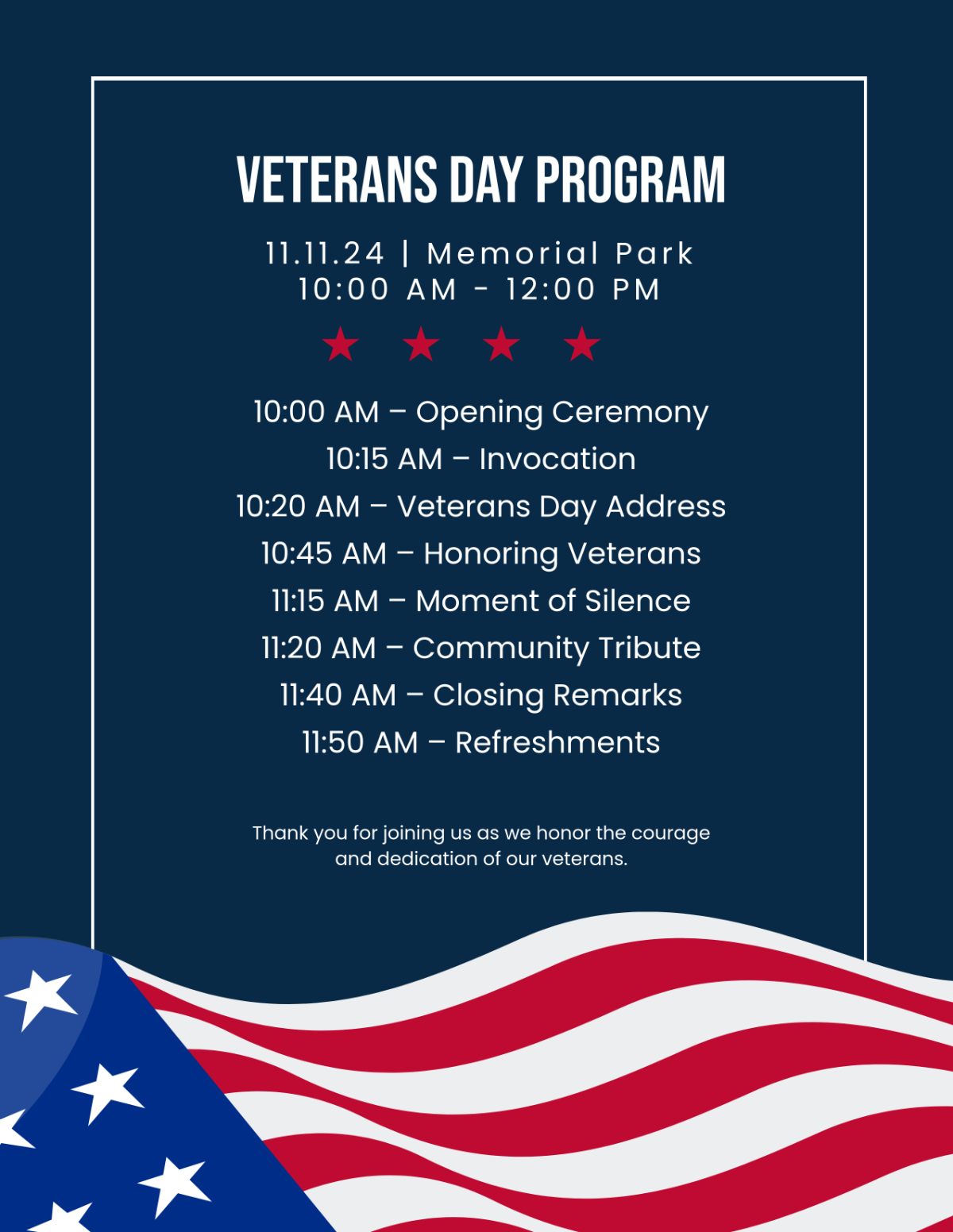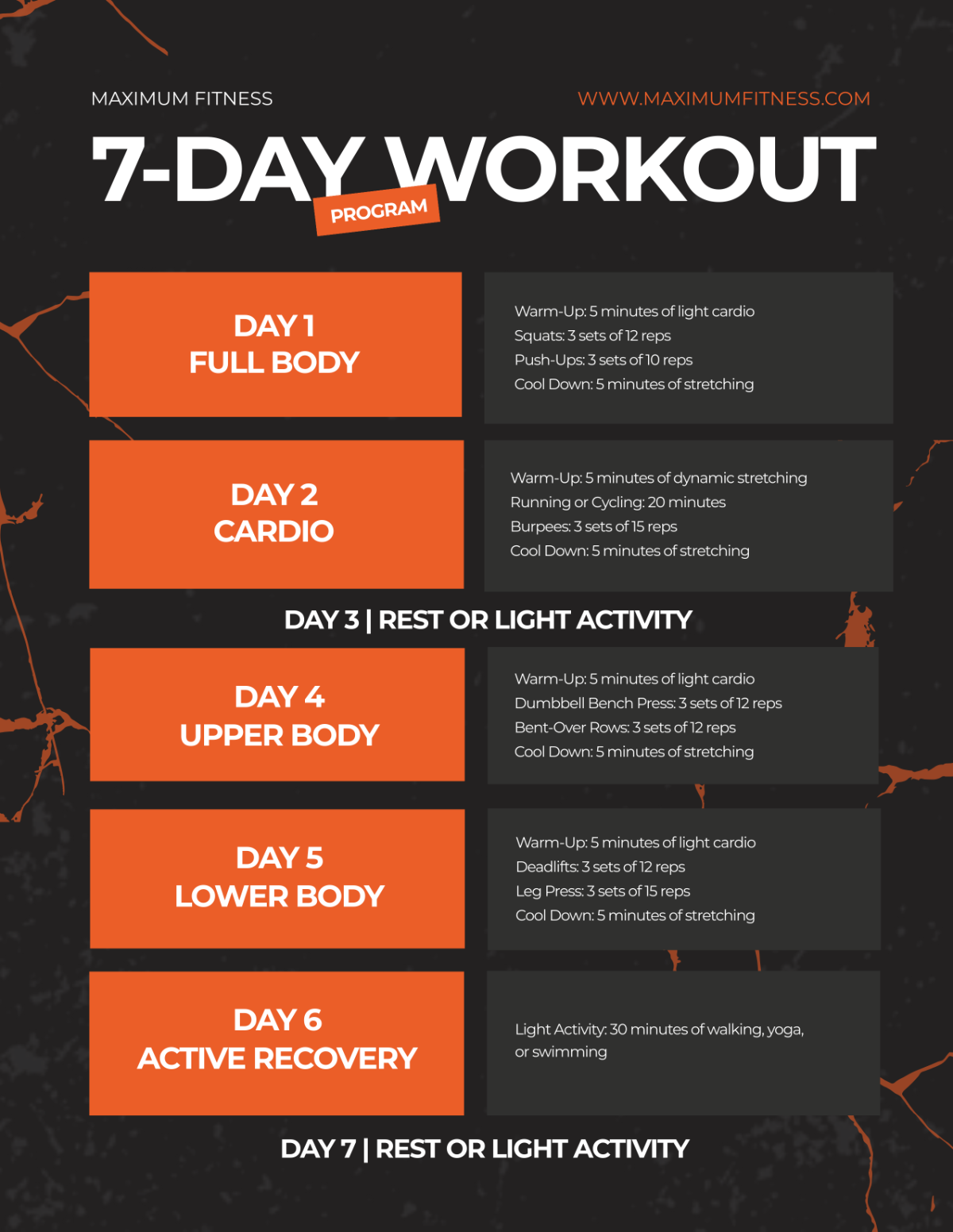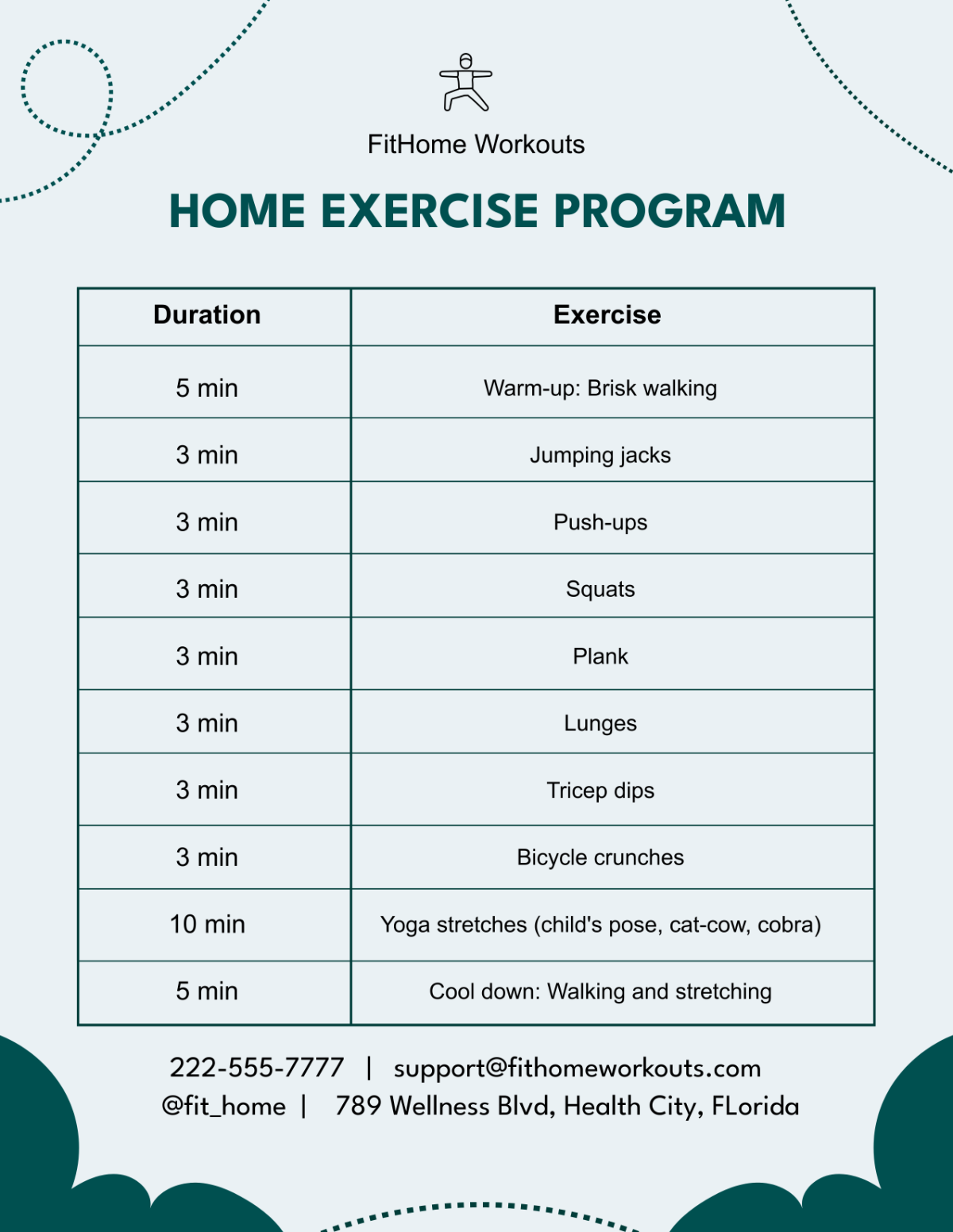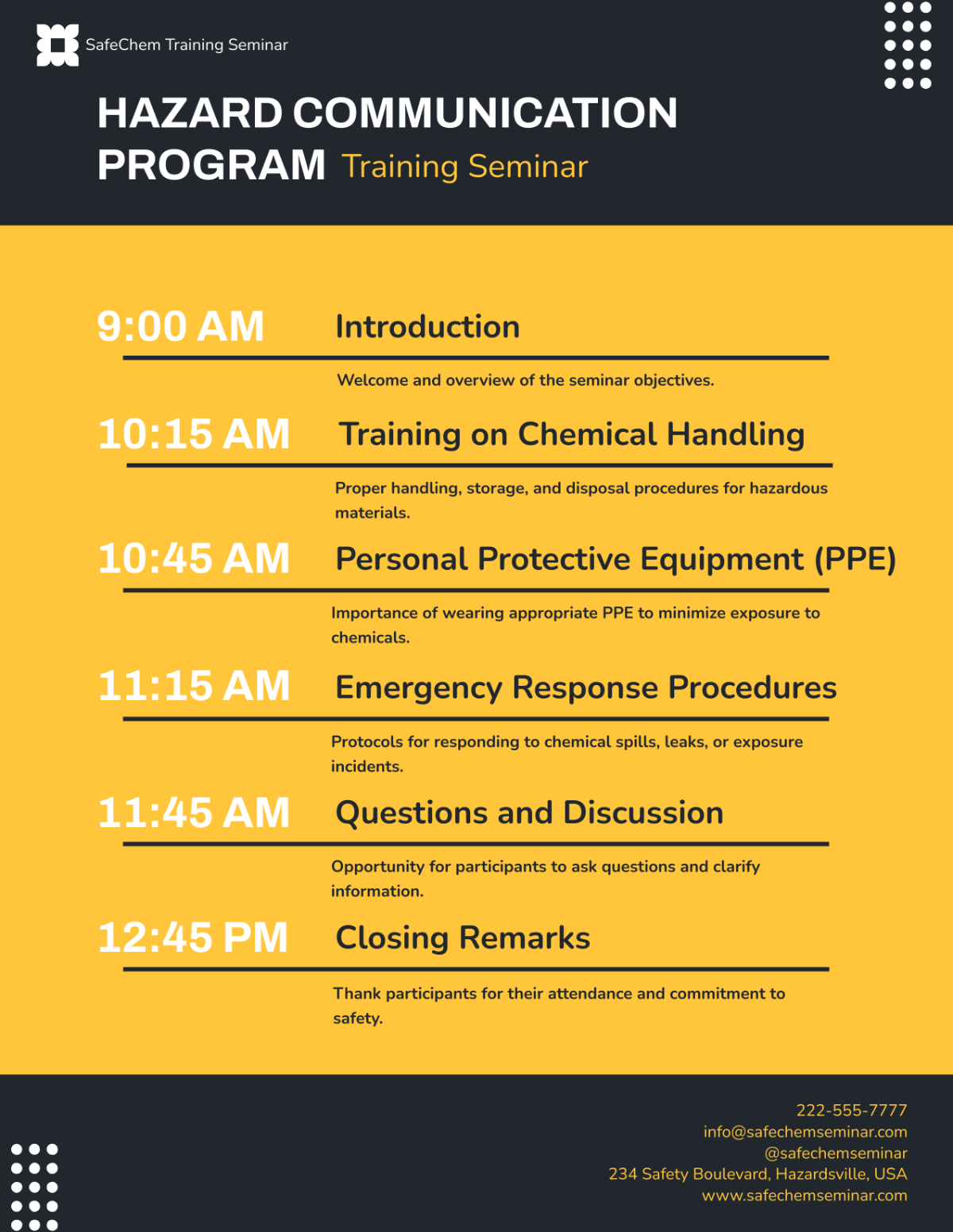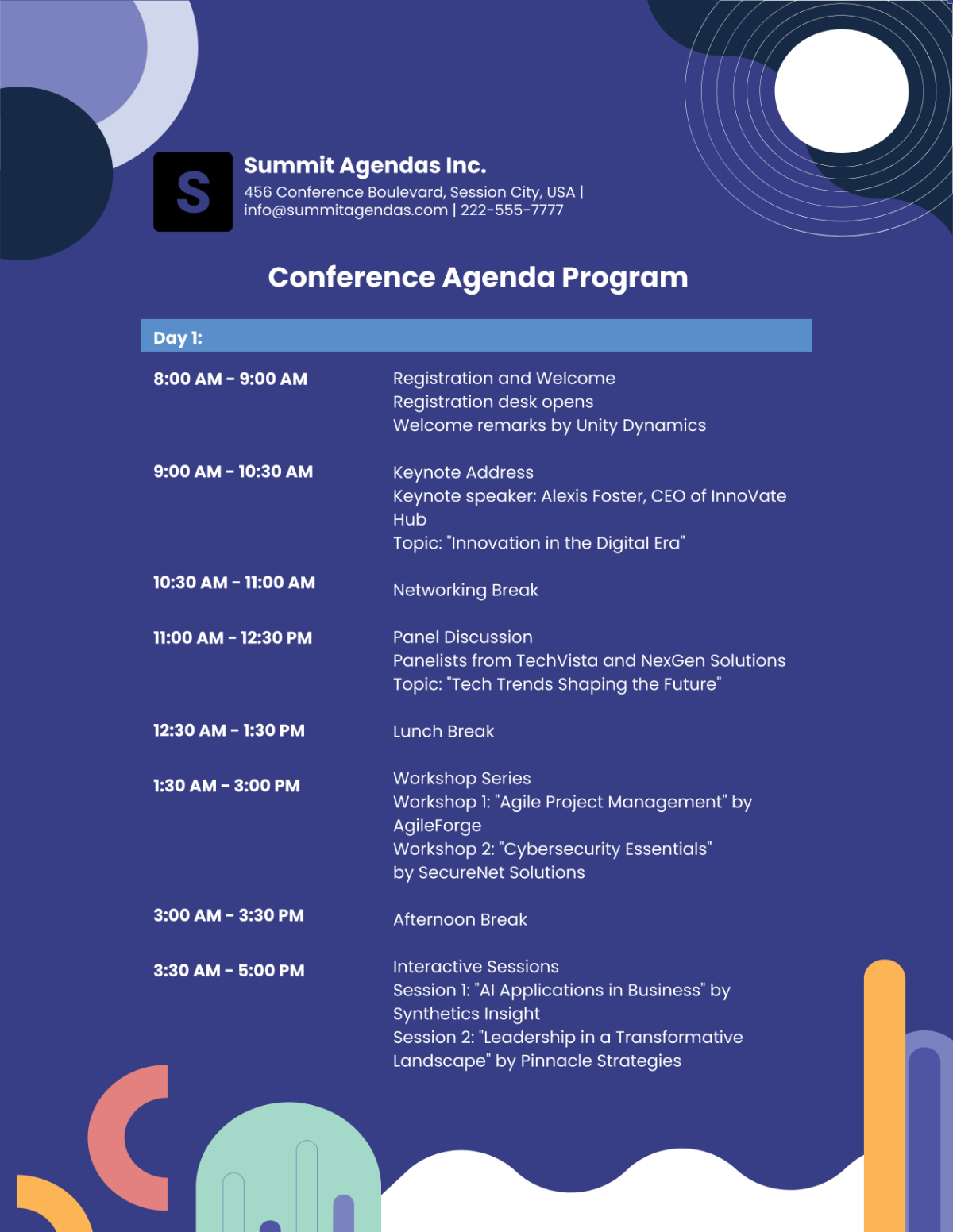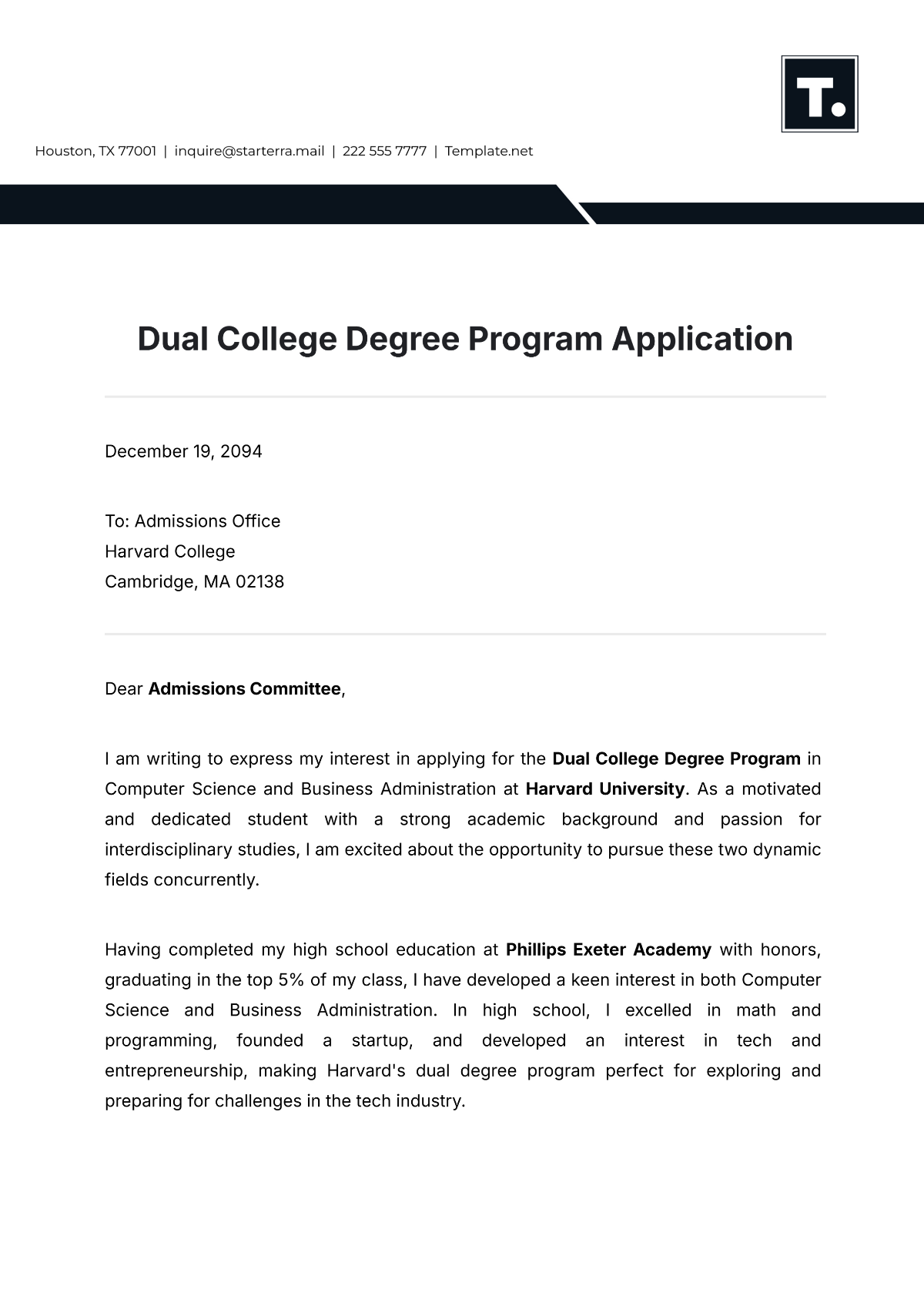Health & Safety Training Program
Feasibility Study
I. Introduction
[Your Company Name] is committed to ensuring the highest standards of health and safety in the workplace. As a responsible employer, we recognize the importance of providing comprehensive health and safety training to our employees. This Health & Safety Training Program Feasibility Study has been undertaken to assess the viability and necessity of implementing a structured training program within our organization. Our objective is to meet and exceed all relevant US health and safety standards while fostering a culture of safety, wellness, and compliance among our workforce. This study outlines the key components and considerations in evaluating the feasibility of such a program.
In today's dynamic work environment, ensuring the well-being of our employees and complying with all relevant regulations are paramount. As we embark on this feasibility study, we will explore the current state of health and safety practices within our company, the legal obligations we must adhere to, and the financial implications of implementing a training program. By undertaking this assessment, we aim to make informed decisions that will not only safeguard our employees but also contribute to the overall success and sustainability of our business.
II. Executive Summary
In this Health & Safety Training Program Feasibility Study, we assess the viability of implementing a comprehensive health and safety training program within [Your Company Name]. Our objective is to ensure compliance with US health and safety laws and standards while enhancing employee safety and well-being. The study reveals a clear need for such a program, aligning with regulatory requirements and fostering a culture of safety. We recommend proceeding with the program's development, as detailed in the following sections.
III. Background and Context
Before delving into the feasibility of a Health & Safety Training Program, it is crucial to understand our company's current health and safety landscape. This section provides a contextual overview, examining existing practices, regulatory compliance, incident records, industry standards, employee feedback, and competitive analysis.
Current Health & Safety Practices
At [Your Company Name], we prioritize safety by implementing rigorous safety protocols. Our practices include regular safety inspections, emergency response training, and a robust incident reporting system.
Regulatory Landscape
In the United States, our health and safety efforts align with the Occupational Safety and Health Act (OSHA). Compliance with OSHA standards is essential for legal and ethical reasons.
Incident and Compliance Records
Over the past five years, we've maintained comprehensive records of workplace incidents and compliance reports. This data highlights trends, areas for improvement, and the potential impact of a training program.
Industry Standards
Our industry, Manufacturing, and Engineering, adheres to the ANSI/ASSE Z490.1-2016 standard for EHS training programs. This standard guides our safety practices, and an effective training program should incorporate it to ensure industry compliance.
Employee Feedback
Through surveys and interviews, employees have expressed their safety concerns and training needs. Their input is invaluable for tailoring a program to address specific concerns and promote a safer work environment.
Competitive Analysis
A review of industry peers, including XYZ Safety Solutions and ABC Manufacturing Services, reveals that training programs have been implemented successfully. Benchmarking against their practices informs our feasibility study, ensuring we remain competitive and aligned with industry norms.
IV. Objectives
This section outlines the key objectives that underpin our Health & Safety Training Program Feasibility Study.
Evaluate the feasibility of implementing a comprehensive health and safety training program at [Your Company Name].
Ensure strict adherence to US health and safety laws and standards in the development of the training program.
Identify and address specific employee training needs to enhance workplace safety and compliance.
V. Scope of Work
In defining the scope of our Health & Safety Training Program Feasibility Study, we outline the specific areas of focus essential for a thorough assessment:
Conduct a thorough review of current health and safety practices within [Your Company Name].
Analyze the legal and regulatory landscape, assessing the extent of compliance with US health and safety laws and standards.
Examine incident and compliance records over the past five years to identify trends and areas for improvement.
Evaluate industry-specific standards, specifically ANSI/ASSE Z490.1-2016, as a benchmark for program development.
Review employee feedback through surveys and interviews to determine specific training needs and concerns.
Perform a competitive analysis, comparing practices with industry peers, including XYZ Safety Solutions and ABC Manufacturing Services.
VI. Methodology
The methodology employed in our Health & Safety Training Program Feasibility Study is designed to ensure a rigorous and systematic assessment. This section outlines the research methods, data sources, and tools that will guide our evaluation:
Document Review:
We will conduct an extensive review of internal health and safety documents, including incident reports, training records, and compliance documents.
Regulatory Analysis:
A comprehensive analysis of US health and safety regulations, with a focus on OSHA requirements, will be performed to ensure compliance.
Data Analysis:
Incident and compliance data from the past five years will be analyzed to identify trends and areas for improvement.
Industry Research:
Industry-specific standards and best practices will be researched and compared, with a focus on ANSI/ASSE Z490.1-2016.
Employee Feedback:
Surveys and interviews with employees will provide qualitative insights into their safety concerns and training needs.
Competitive Benchmarking:
A comparative analysis of industry peers, including XYZ Safety Solutions and ABC Manufacturing Services, will be conducted to identify best practices and standards in training programs.
VII. Market Analysis
The market analysis section of our Health & Safety Training Program Feasibility Study examines the external landscape to assess the demand, competition, and industry benchmarks. It provides valuable insights to inform our decision-making regarding the program's implementation.
Market Analysis Component | Description |
Demand Assessment | Evaluate the current demand for health and safety training programs within our industry and geographic region. |
Competitive Landscape Analysis | Analyze competitors and industry peers to identify existing training programs, allowing benchmarking against best practices. |
Partner Identification and Assessment | Explore potential partnerships with safety training providers, assessing their capabilities and offerings. |
Regulatory Impact Assessment | Examine evolving health and safety regulations to determine their potential impact on training program requirements. |
Market Trends Analysis | Identify emerging trends in health and safety training, including technological advancements and innovative approaches. |
VIII. Legal and Regulatory Compliance
This section examines the critical aspect of legal and regulatory compliance in the development and implementation of our Health & Safety Training Program. It assesses how our program aligns with US health and safety laws and standards.
Compliance Aspect | Description |
OSHA Regulations | Evaluate adherence to Occupational Safety and Health Act (OSHA) standards, ensuring legal compliance and employee safety. |
State and Local Regulations | Assess compliance with state and local health and safety regulations applicable to our operations. |
Industry-Specific Standards | Examine compliance with industry-specific standards, such as ANSI/ASSE Z490.1-2016, to ensure alignment with best practices. |
Record-Keeping Requirements | Review record-keeping practices to confirm compliance with documentation and reporting obligations. |
Emerging Regulations Impact | Analyze how emerging health and safety regulations may impact the program's development and implementation. |
IX. Financial Analysis
This section provides a detailed breakdown of estimated costs associated with developing our Health & Safety Training Program. The table below presents the actual financial figures for each expense category, offering a clear understanding of budget allocation. These cost estimates will inform our decision-making and help assess the program's financial viability.
Expense Category | Estimated Cost (USD) |
Employee Training Materials | $35,000 |
Instructor Fees | $20,000 |
Technology and Software | $15,000 |
Administrative Expenses | $10,000 |
Facilities and Equipment | $10,000 |
Evaluation and Monitoring | $10,000 |
X. Recommendations
Based on the comprehensive assessment conducted in this Health & Safety Training Program Feasibility Study, the following recommendations are provided to guide our decision-making regarding the program's development and implementation. The recommendations outlined below are designed to address key findings and align with our objectives:
Proceed with Program Development:
Given the clear need for enhanced health and safety training, we recommend moving forward with the development of a comprehensive training program.
Prioritize Legal Compliance:
It is imperative to ensure strict adherence to US health and safety laws and standards throughout the program's design and implementation.
Tailor Training to Employee Needs:
The training program should be customized to address specific employee training needs identified during this study.
Allocate Resources Strategically:
The financial analysis highlights the importance of allocating resources efficiently, particularly in employee training materials and instructor fees.
Emphasize Monitoring and Evaluation:
Incorporate robust evaluation and monitoring mechanisms to assess the program's effectiveness and make necessary adjustments.
Explore Partnership Opportunities:
Consider potential partnerships with safety training providers to leverage expertise and resources.
XI. Conclusion
In closing, this Health & Safety Training Program Feasibility Study underscores the paramount importance of workplace safety within [Your Company Name]. Our comprehensive assessment reveals a compelling case for the development and implementation of a structured training program. This program aligns with US health and safety laws and standards, fostering a culture of safety, compliance, and employee well-being.
The recommendations presented herein provide a clear roadmap for the program's successful launch and ongoing maintenance. By addressing specific training needs, prioritizing legal compliance, and allocating resources strategically, we can enhance safety practices, reduce workplace incidents, and ultimately contribute to the overall success and sustainability of our organization.
As we move forward, let us remain committed to the principles of health and safety, ensuring a secure and compliant work environment for all employees.










